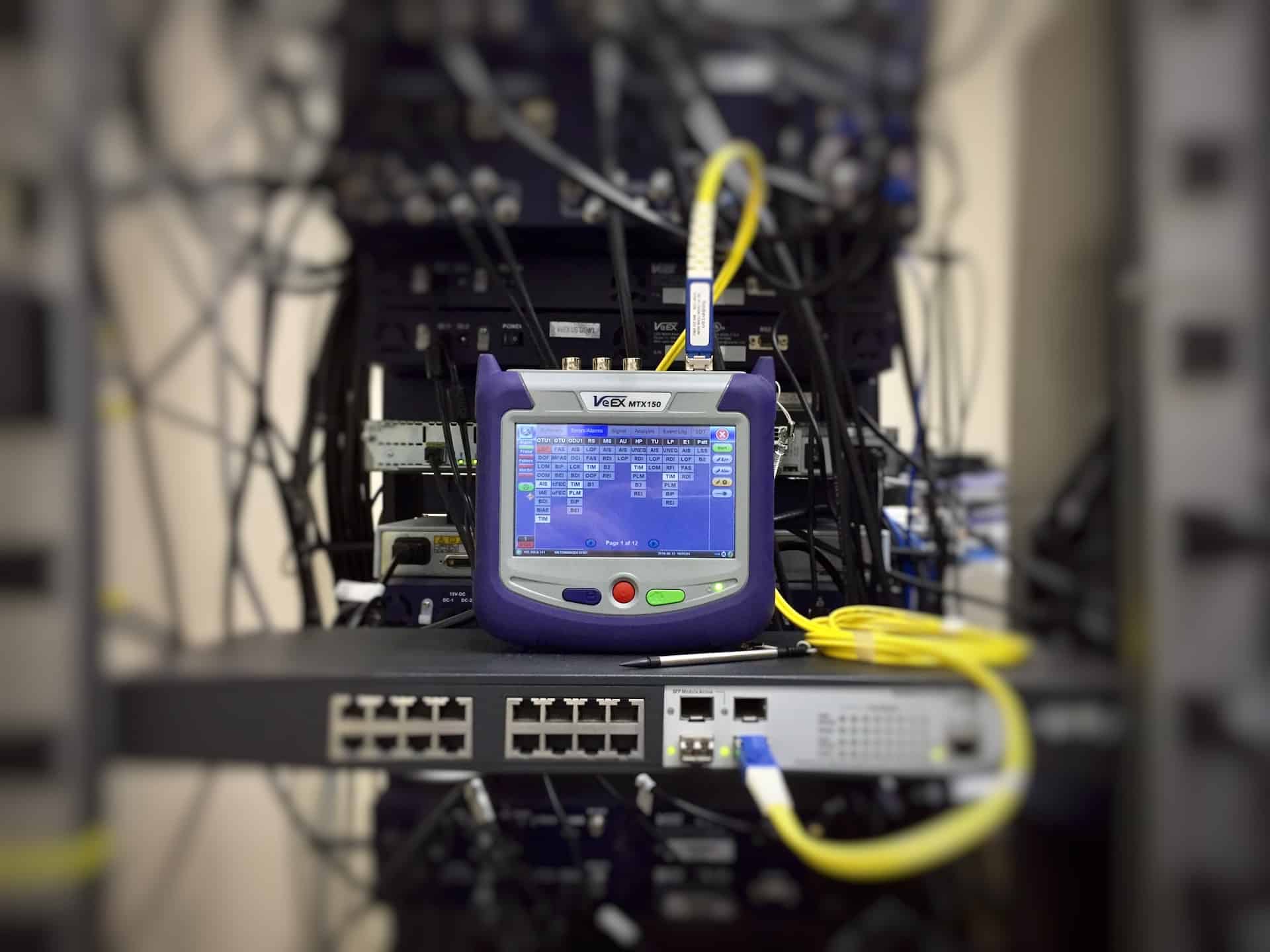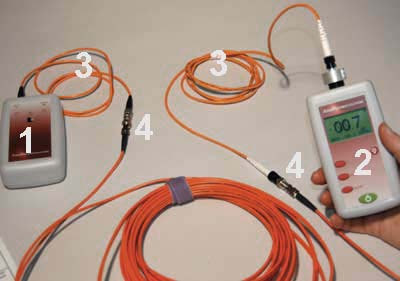Engineers utilize the optical fibre diameter analyser to maintain fibre uniformity.
The Duty of Optical Fiber Testing in Ensuring Quality and Efficiency in Connectivity Solutions
In today's swiftly developing digital landscape, the importance of optical fiber screening can not be overstated, as it serves as a keystone for making sure the high quality and effectiveness of connection services. As technology proceeds to development, the future of optical fiber testing postures interesting difficulties and possibilities that warrant closer examination.
Value of Optical Fibre Screening
The significance of optical fibre testing can not be overemphasized in making sure the integrity and efficiency of interaction networks. As the backbone of modern telecoms, optical fibres facilitate high-speed data transmission, making their reliability important to functional success. Evaluating functions as a proactive step to determine potential concerns such as signal loss, depletion, and physical damages, which can compromise network efficiency.
Routine testing permits the confirmation of setup top quality and the detection of defects that might affect information stability - ofda. By utilizing rigorous testing methods, network drivers can reduce the threats connected with network failings, consisting of downtime and financial losses. Optical fiber testing guarantees conformity with industry criteria and laws, boosting the total high quality of solution offered to end-users.
Inevitably, the organized evaluation of optical fibres adds to the durability and effectiveness of communication systems. It makes it possible for stakeholders to make informed choices concerning maintenance, upgrades, and troubleshooting. In a landscape where data is significantly vital, prioritizing optical fibre screening is necessary to maintaining robust and effective connectivity remedies, thus supporting the demands of modern digital atmospheres.
Kinds Of Optical Fiber Examinations
Numerous testing techniques are utilized to ensure the performance and reliability of optical fibres within communication networks. These examinations can be generally categorized right into two major types: installation tests and upkeep tests.
Installation examinations are performed immediately after the setup of optical fiber wires to verify their performance and stability - ofda. One of the most typical installment examinations include Optical Time-Domain Reflectometry (OTDR) examinations, which assess the high quality of the fiber by determining mistakes or breaks, and end-to-end loss examinations, which determine the complete optical loss from one end of the fiber to the various other
Upkeep tests, on the various other hand, are done regularly to guarantee ongoing efficiency and discover prospective issues with time. These consist of visual assessment, which checks for physical problems or improper installments, and connection tests, which validate that the signal can travel through the fiber without interruption.
In addition, advanced examinations such as Polarization Setting Dispersion (PMD) and Chromatic Diffusion (CD) examinations can be conducted to evaluate the fibre's efficiency under various conditions. By using these diverse screening techniques, professionals can keep high requirements of high quality and integrity in optical fibre networks.
Advantages of Normal Testing
Routine screening of optical fibres plays a critical function in keeping the general efficiency and integrity of interaction networks. By carrying out regular analyses, organizations can make certain that their fiber optic setups fulfill market standards and operate efficiently. This positive method aids to determine potential weaknesses and deterioration over time, permitting prompt interventions prior to issues rise.

Cost-effectiveness is one more benefit. By resolving small problems early, organizations can prevent the high costs related to major repair services or system failures. Normal screening additionally promotes compliance with regulative demands, making sure that the network sticks to essential security and performance criteria.
Usual Problems Recognized
Determining typical concerns in optical fiber networks is essential for keeping optimum performance content and integrity. Numerous elements can add to disruptions, consisting of physical damages, inadequate installment techniques, and ecological impacts.
Physical damage, such as bends, breaks, or abrasions, can significantly weaken signal high quality. Inappropriate setup techniques, consisting of excessive tension or insufficient protecting of wires, may bring about enhanced depletion and loss of connection. Furthermore, ecological aspects such as temperature level changes, wetness access, and rodent disturbance can jeopardize the honesty of the fibre.
Port problems likewise regularly develop, with improper positioning or contamination causing raised insertion loss. Additionally, splicing mistakes can introduce substantial signal degradation if not executed Learn More Here with accuracy.

Attending to these usual concerns with routine optical fibre screening not just enhances network integrity yet additionally enhances overall efficiency, guaranteeing that connectivity remedies remain robust and effective.
Future Trends in Testing
As the demand for high-speed connection remains to rise, the future of optical fibre testing will significantly concentrate on automation and progressed analytics. The combination of expert system (AI) and artificial intelligence (ML) in screening procedures will certainly make it possible for a lot more effective information evaluation and predictive maintenance, lowering downtime and boosting general network reliability. Automated screening remedies will certainly improve the examination and certification of fibre networks, lessening human error and raising screening throughput.
An additional significant trend is the fostering of remote screening innovations. As the deployment of fiber networks expands right into remote and underserved areas, remote testing abilities will certainly enable technicians to keep an eye on and identify network problems without physical visibility, therefore lowering operational costs and enhancing feedback times.
Additionally, there will be a change in the direction of more extensive screening standards that encompass not only traditional loss dimensions but likewise performance metrics such as latency and transmission capacity utilization. This holistic strategy will help with far better network monitoring and optimization techniques.
As these trends evolve, the optical fiber screening landscape will not just boost the quality and effectiveness of connectivity solutions but also support the expanding complexities of contemporary interaction networks.
Conclusion
In conclusion, optical fiber testing serves as an essential part in preserving the integrity and performance of interaction networks. The continuous dedication to normal screening not just boosts information transmission yet also straightens with sector requirements, fostering dependability in network facilities.